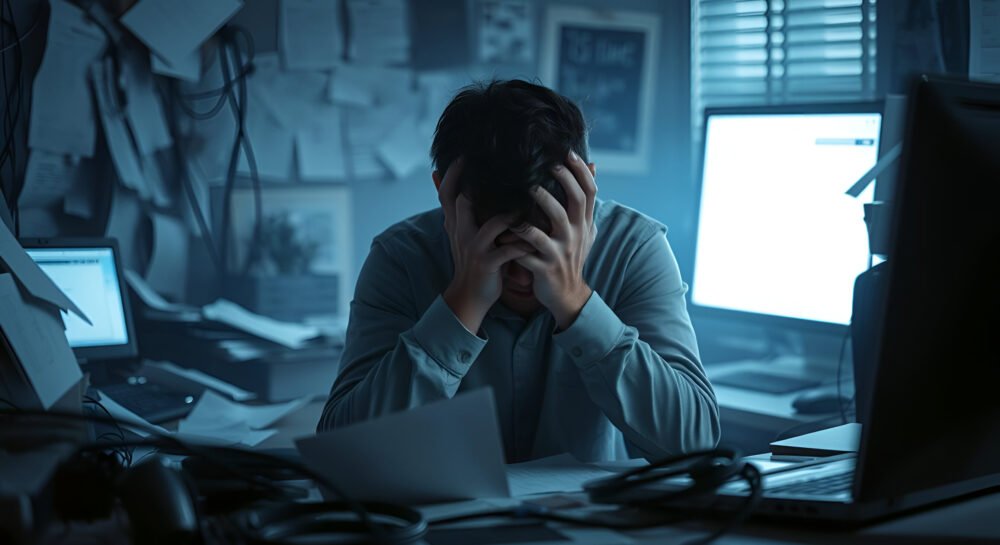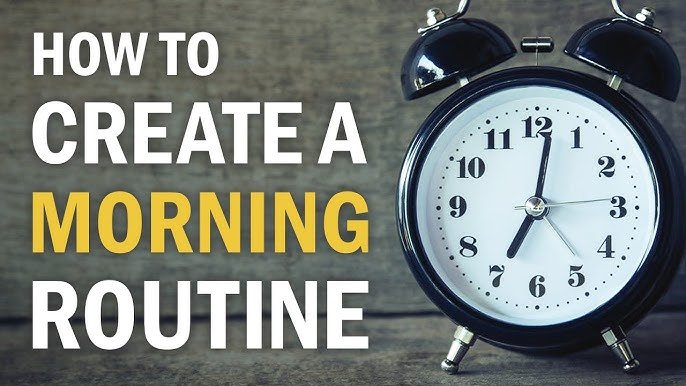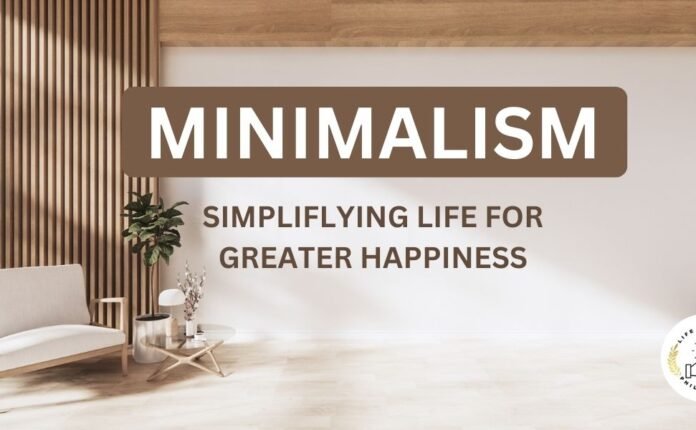In a world of ceaseless, persistent digital connectivity, the philosophy of digital minimalism provides a much-needed remedy for chaos. Digital minimalism embraces the philosophies of intention and simplicity. It asks us to be intentional about our technology use, reclaim our attention, and take pleasure in real-life experiences again. This article explains digital minimalism, what it offers us, and how we can free ourselves from the digital clutter.
What is digital minimalism?
Digital minimalism refers to a mindset and lifestyle that supports intentional use of technology. Instead of allowing digital devices and platform use to take over our time and attention, digital minimalists choose specific tools to use and how they are used with the goal of only using tools that add value to their lives and are aligned with their goals and values.
Digital minimalism was made popular by author and computer science professor Cal Newport. Newport describes digital minimalism as:
“A philosophy of technology use in which you focus your online time on a small number of carefully selected and optimized activities that strongly support things you value, and then happily miss out on everything else.”
Why Digital Minimalism is important
Mental Clarity and Focus
The overwhelming flood of notifications, emails, messages, and updates bombard our attention, decreasing productivity. Reducing digital noise allows for deeper focus on tasks and better clarity in our thinking.
Less Anxiety and Stress
Digital minimalism is associated with decreased levels of stress, and anxiety. Being “plugged in” all the time creates stress levels that can be overwhelming. A smart, digital minimalist knows how to create a calm place of less information, and being less connected to be at peace with one’s self.
Stronger Relationships
Screen time affects the ability to have quality face-to-face conversations. Digital minimalism allows us to more intentionally connect with friends, family, and other real relationships over the distraction of a screen.
More Productivity
By removing distractions, we can shift our energy toward immediate work, and accomplish more with less.
Greater Satisfaction with Life
Living a more intentional life in an intentional way, and living life on purpose, based on our own values can foster greater satisfaction – both online and in real life. Digital minimalism gives us the power back to determine how, and when, we spend our time – no longer conforming to unnecessary social networks and digital distractions.
Indicators You Need Digital Minimalism:
- You check your phone/favorite apps obsessively with no notifications.
- You’re overwhelmed by emails, apps, or social media.
- You constantly multitask and can’t seem to focus.
- You get “phantom vibrations” or anxiety when not with your devices.
- You have no time for offline hobbies or good conversations.
Ways to Clear Your Digital Clutter:
Undertake a Digital Declutter
Decide that for 30 days, you will not use optional technologies. Optional technologies include social media, news, entertainment, etc. At the end of thirty days, you can then recalibrate your mind to the technology you use and then distinctly reintegrate only technologies that have a real moment of life value.
Assess Your Devices and Apps
- Competently evaluate each app on your phone/tablet/computer and determine:
- Does this enhance my productivity?
- Is this integral to my work or quality of life?
- Am I able to delete this app and replace it with a less distracting or time consuming app?
- Uninstall if the app does not meet your productivity standards?
Limit Notifications
Turn off notifications that you don’t need to know about. Keep only alerts that are time sensitive and important (e.g. calendar events, direct family , etc.).
Create Device free Zones
Designate a room or time of day as device free ; for example, no devices in the bedroom, at the dining table, gatherings with friends and family etc. This will also help reinforce the boundaries between your digital life and your real life.
Use tools with purpose
Applications like social media, email and messaging apps are not bad tools in and of themselves (It is how you use them that makes them good or bad). Instead of an immediate reaction to the ping, try to schedule a time to check rather than reactively responding.
Rediscover your offline hobbies
Try to rediscover what you did before being attached to a screen; such as reading, writing, gardening, hiking, learning a new form of art, etc. Doing so can give our minds some much needed peacefulness, while also filling that time and space that was left behind were we reduced our screen time.
Simplify Your Desktop and Home Screen
A cluttered desktop often resembles a cluttered mind. Organize your files on your computer, restrict desktop icons to a few, and also pare down the apps on your phone’s home screen. The less there is to engage with, the less we are tempted by distractions.
The Benefits of Digital Minimalism
When you practice digital minimalism, you aren’t simply reducing time on a screen; you are changing your life in ways that are more impactful:
- Improved focus / productivity
Less digital distractions equals more mental clarity. Focus becomes easier, deep thinking is less interrupted, and tasks can more easily be completed.
- Improved mental health
Reducing time spent on screens, particularly social media, has been correlated to reduced levels of anxiety, depression, and stress.
- Greater satisfaction in life
Less distractions mean more time focusing on meaningful experiences, hobbies, and relationships.
- Increased creativity
When you unplug, there is space for your mind to wander, imagine, and create.
- Better relationships
Because you are present in your interactions-no digital disruptions-you can create deeper connections with others.
Challenges and Misunderstandings
People think believing in digital minimalism means living like a Luddite or being left out in a connected world. This is a misunderstanding. Digital minimalists wield modern tools—they just wield them intentionally. Our goal is not to reject technology but to wield it in a way that reinforces your values rather than detracts from them.
The hardest part? Breaking the habit of needing to stay “always on”. Achieving an “off” mindset and rejecting the FOMO and the dopamine high from likes and messages takes discipline. The gains are worth it.
Final Thoughts:
A More Thoughtful Digital Experience
Digital minimalism is highly personal—there’s no one right path to remote freedom from digitalism. However, during this time of internet overload and distractions, we should cultivate a minimalist attitude. A digital minimalist lifestyle allows you to make space to focus on what matters most, the ability to connect with others, engage with your creativity, cultivate your well-being, and strike a sense of purpose.
So take a moment. Find the stuff already on your digital plate, toss out what you do not need, and notice how the richness and fullness of a life of intention—on and offline are waiting for you.



